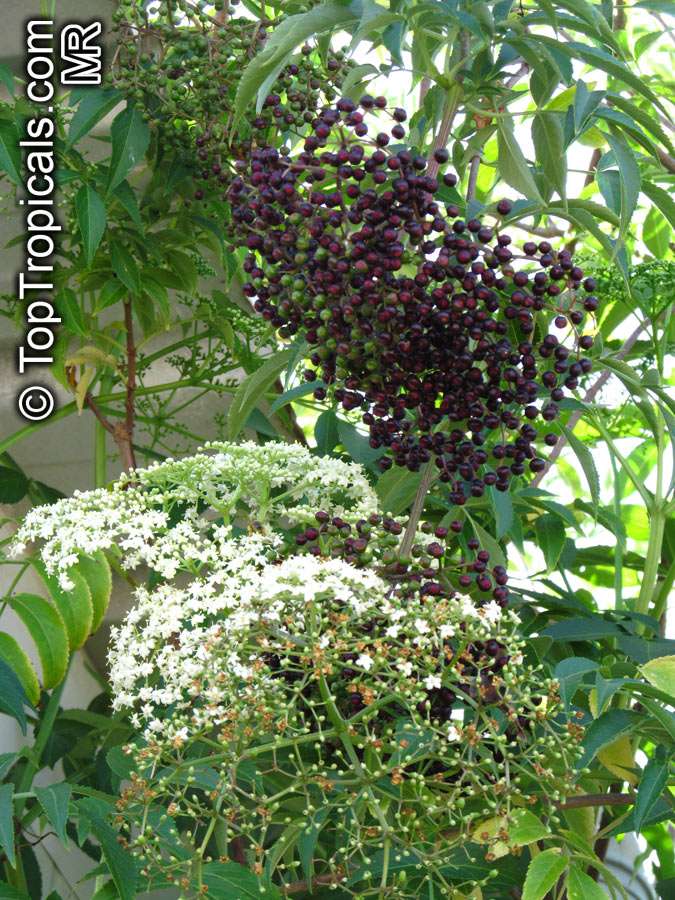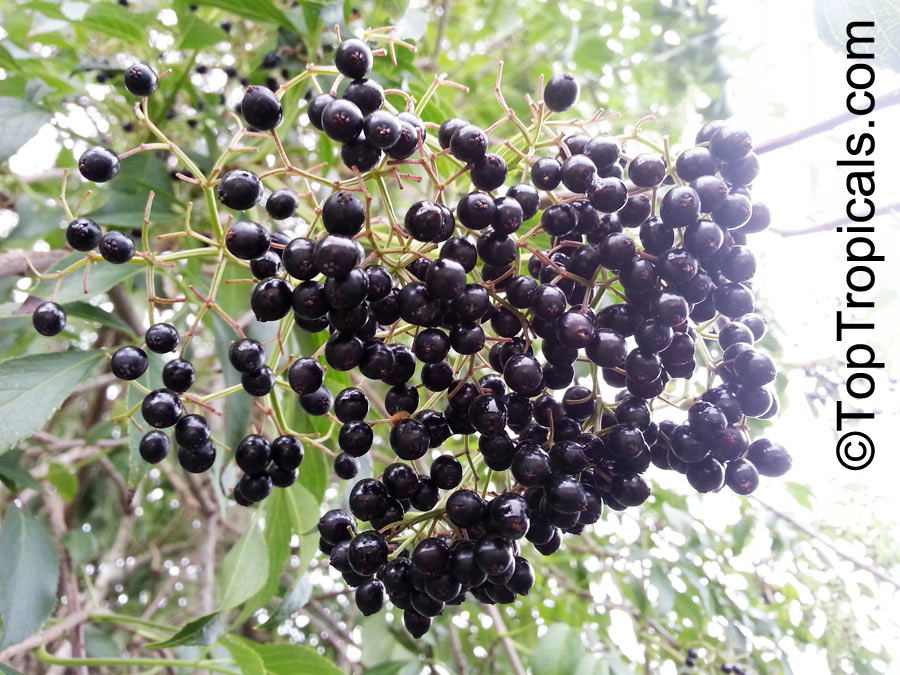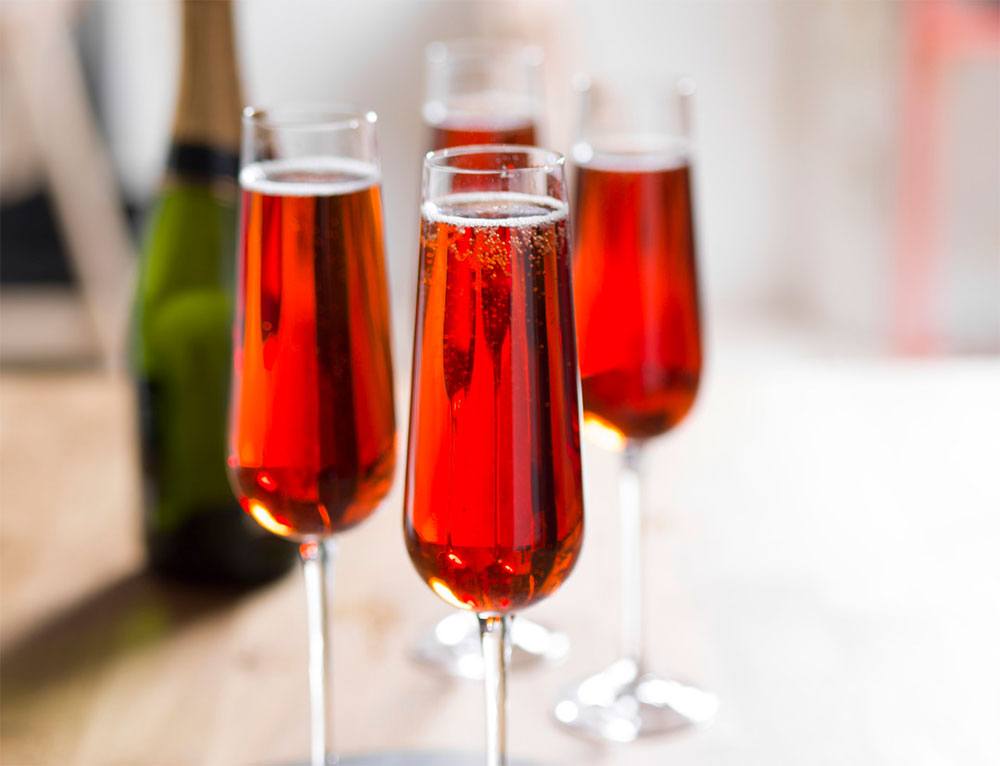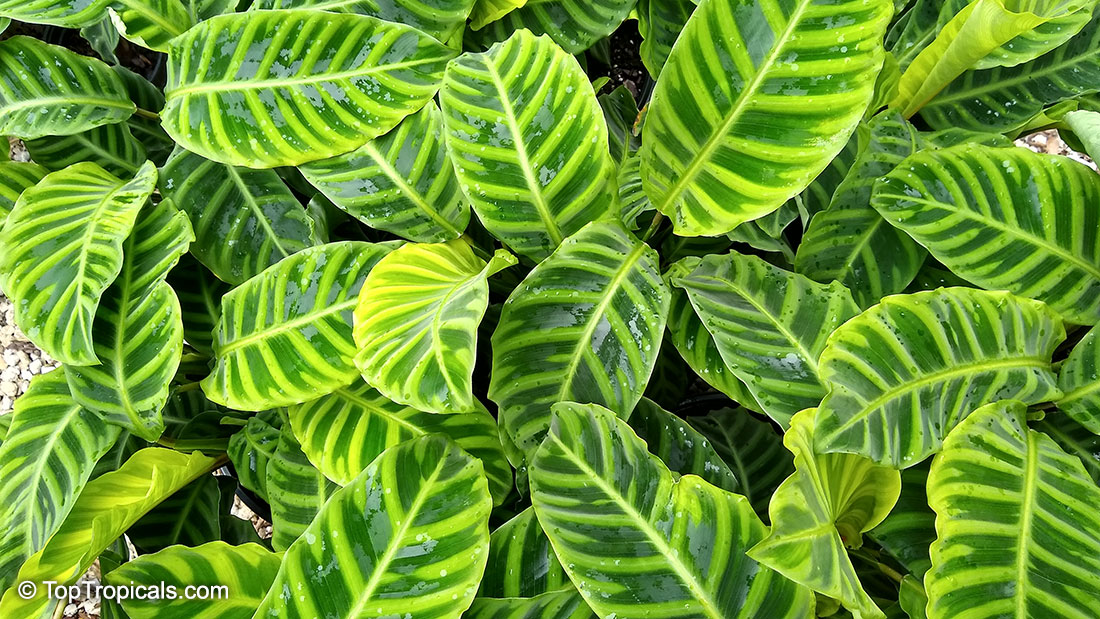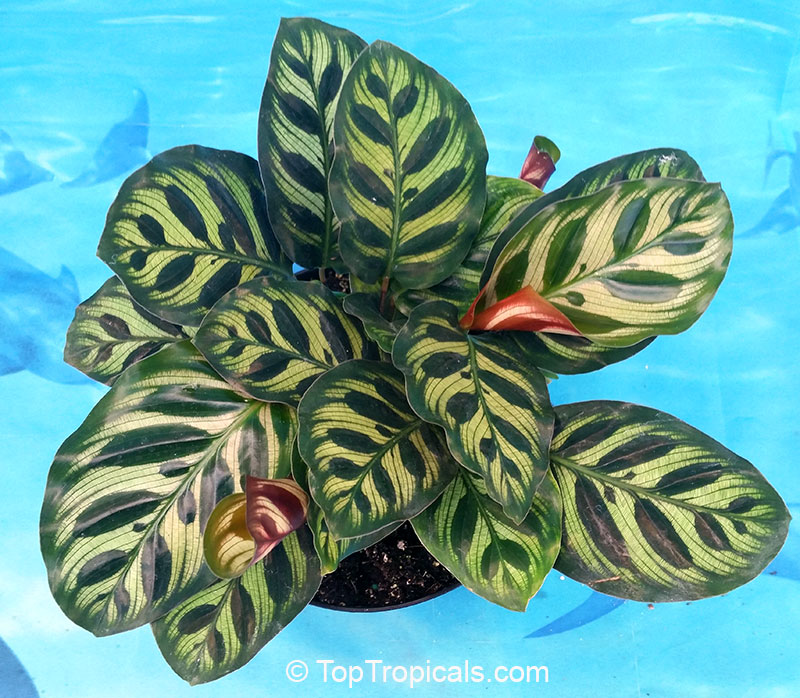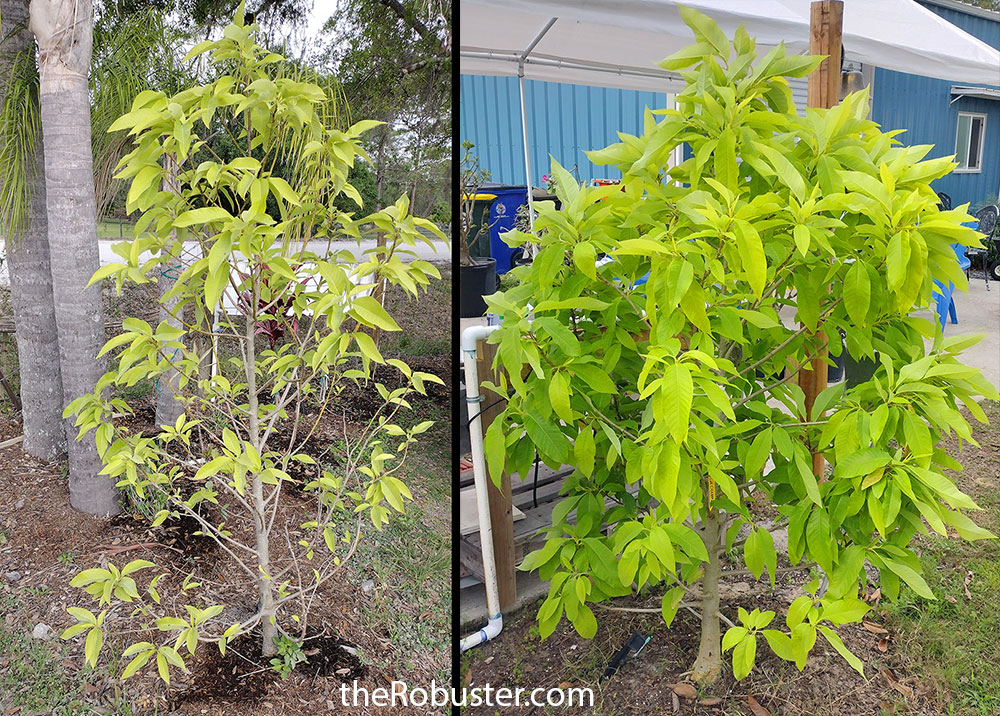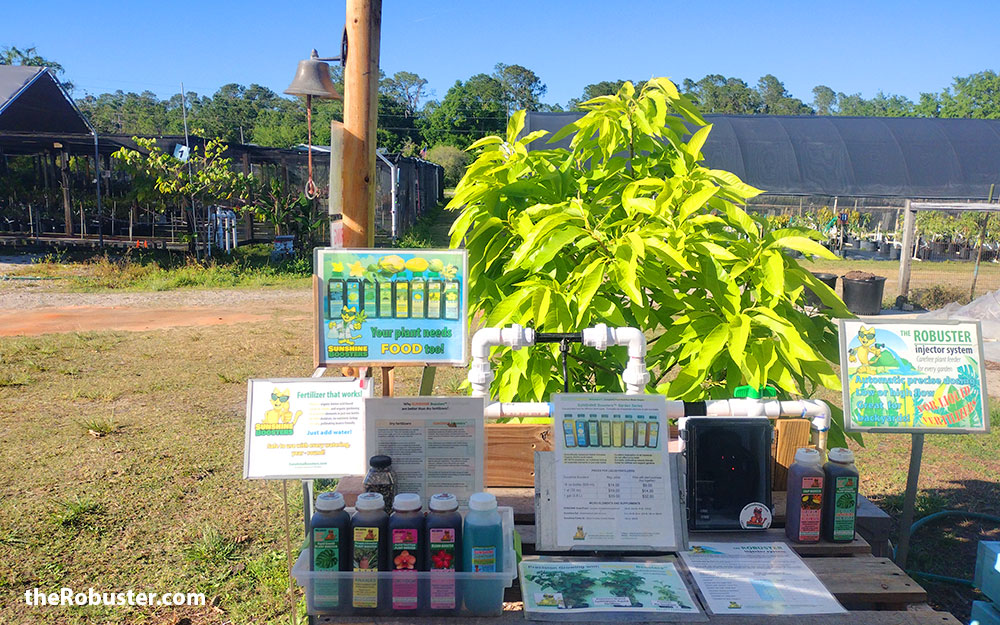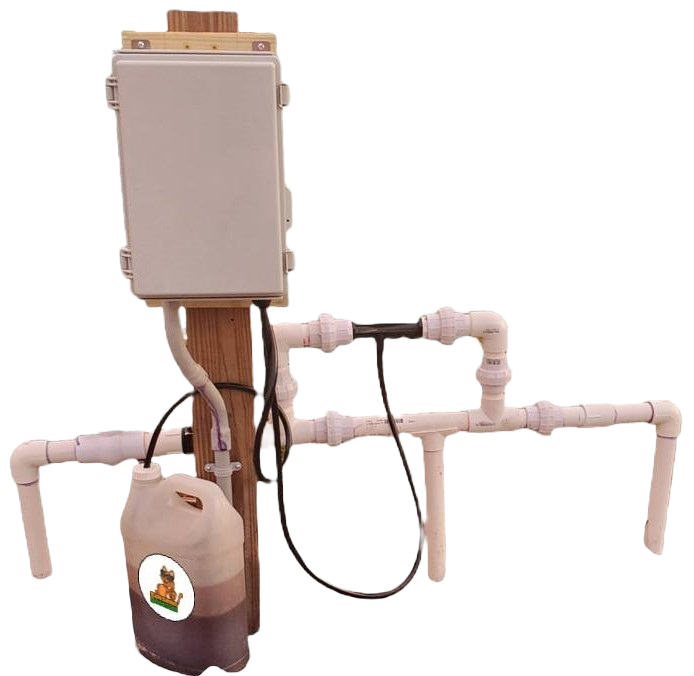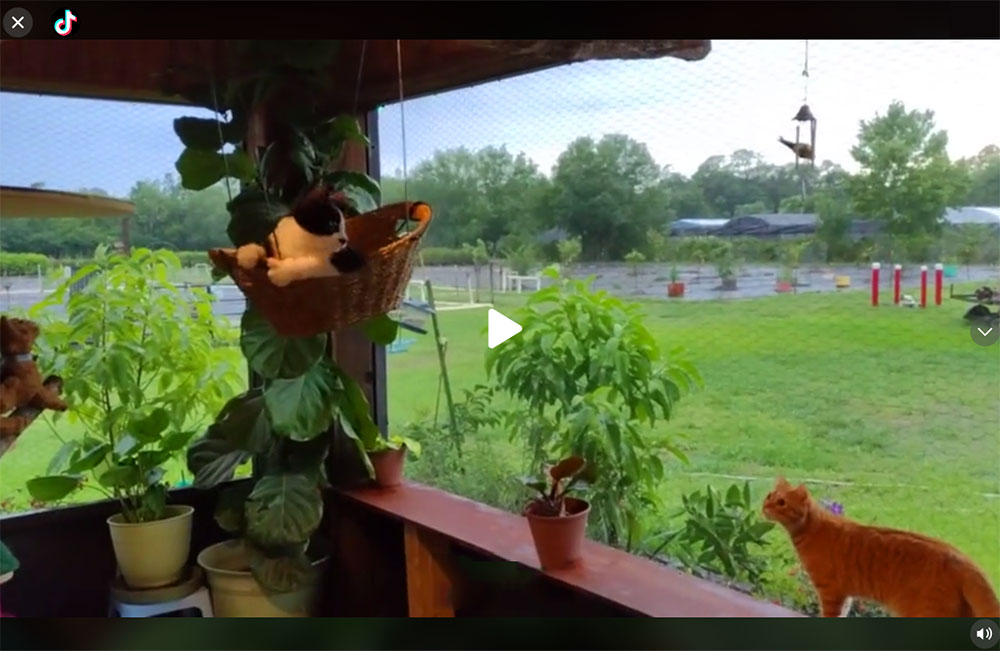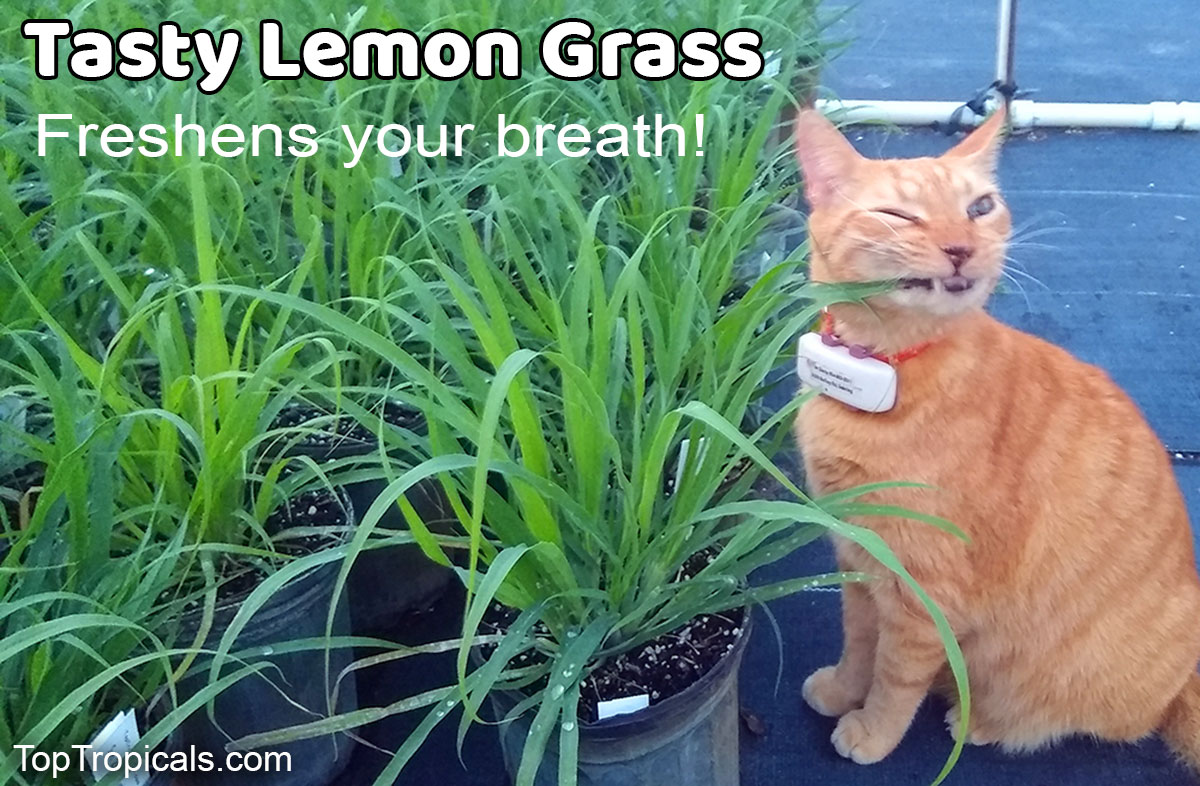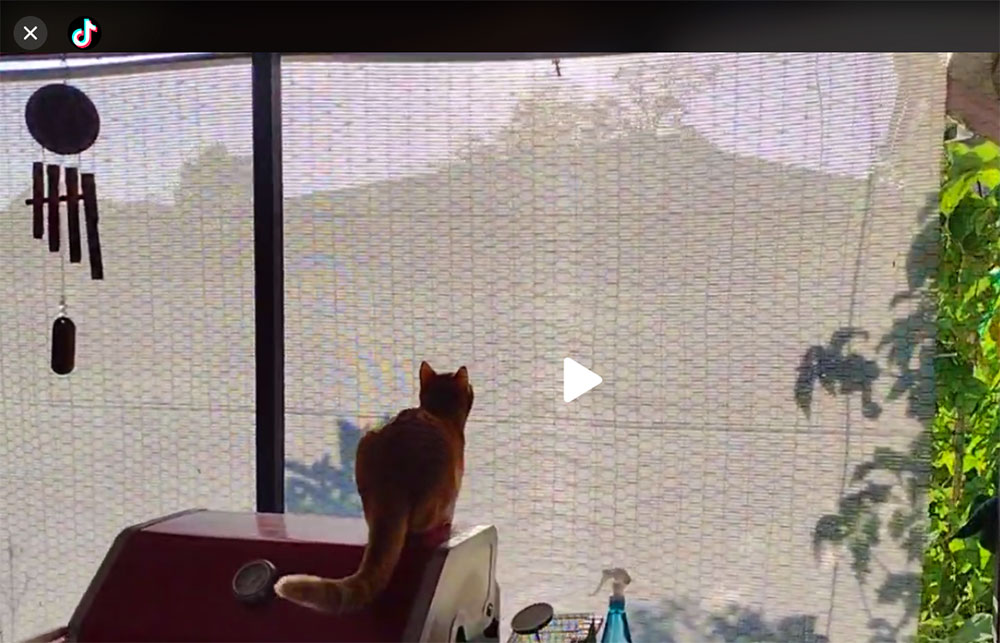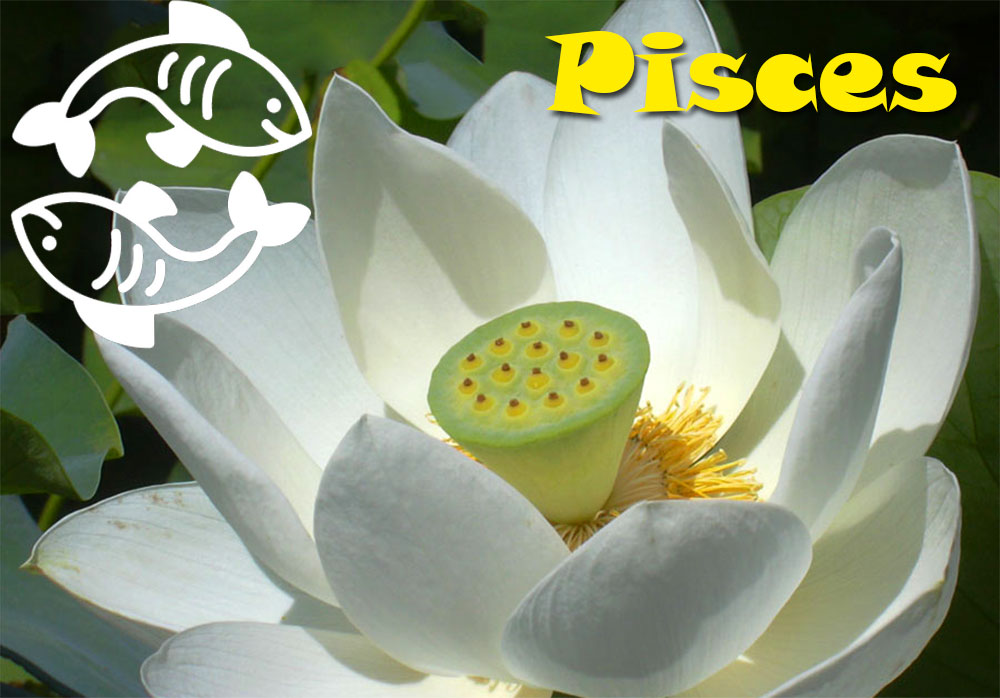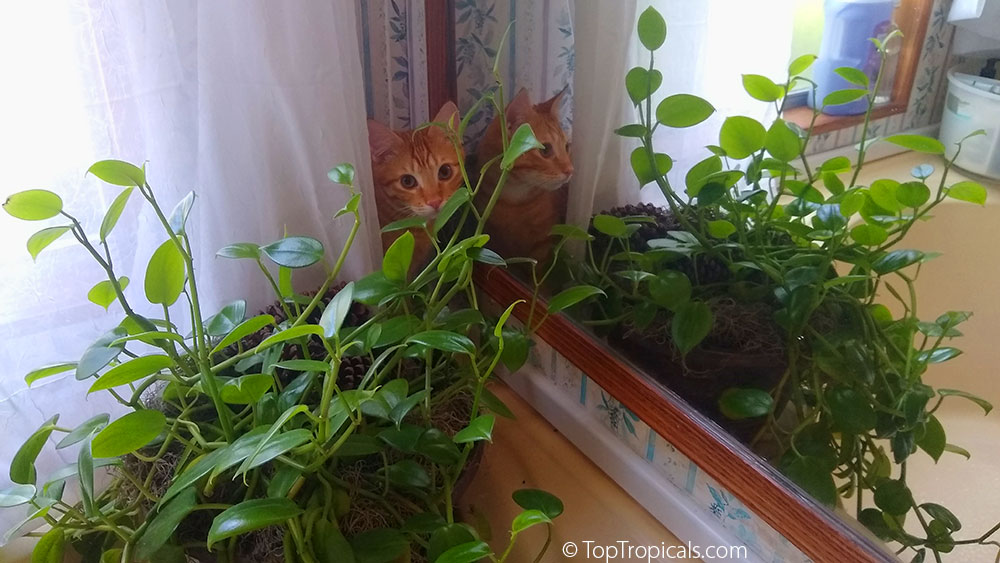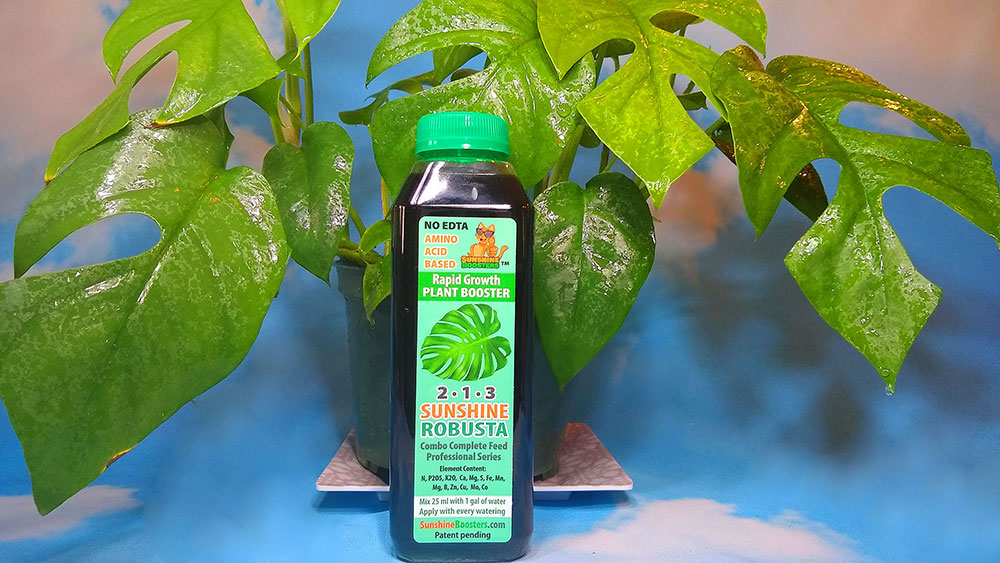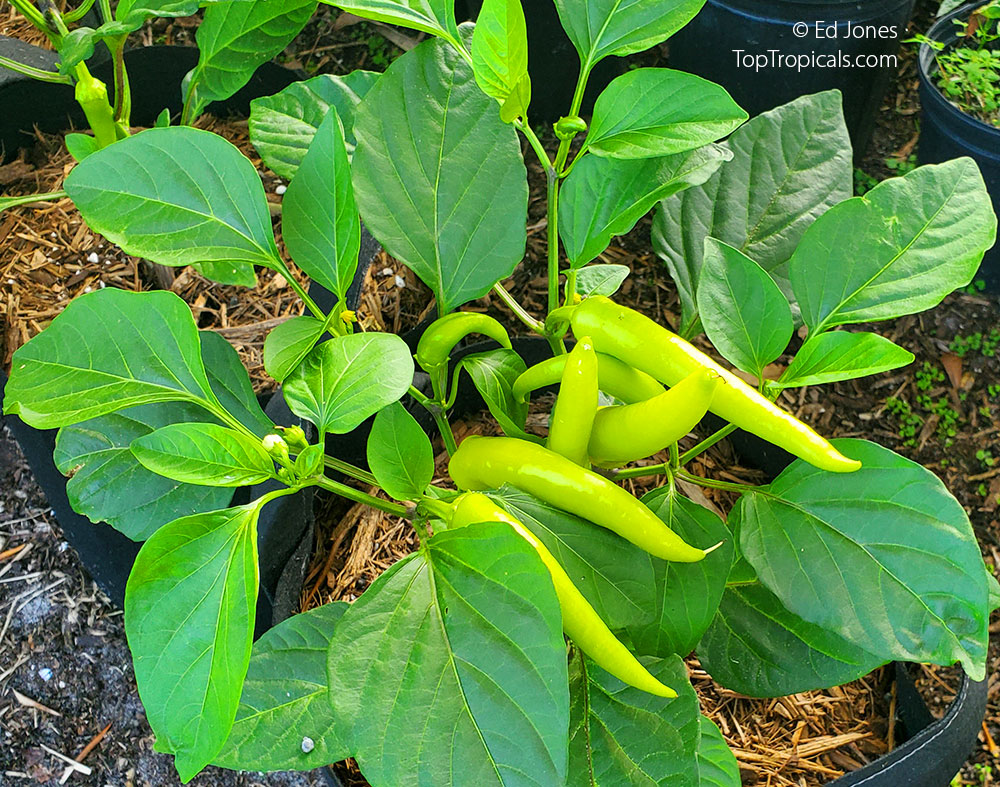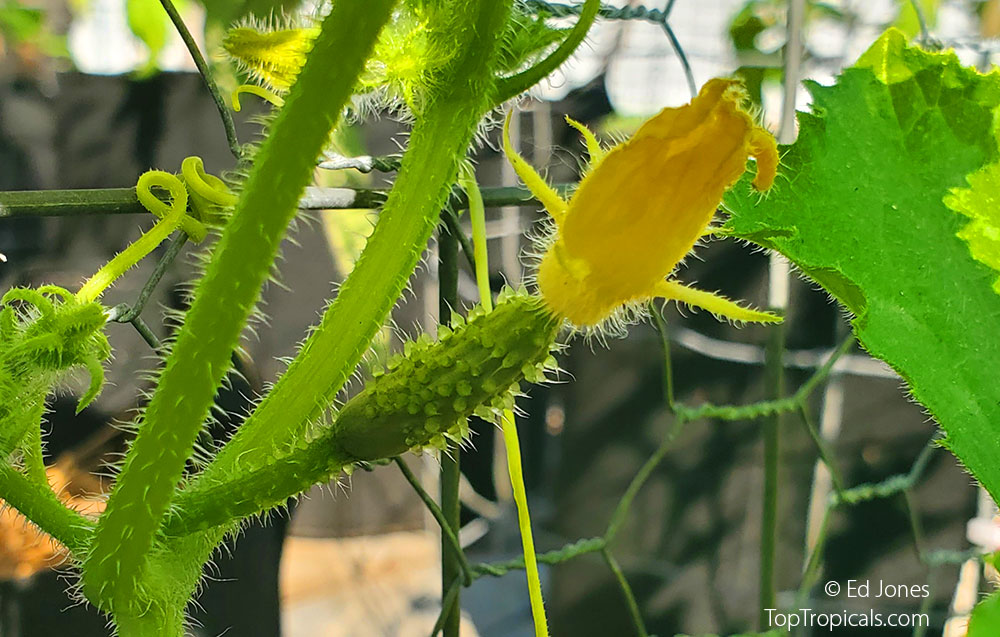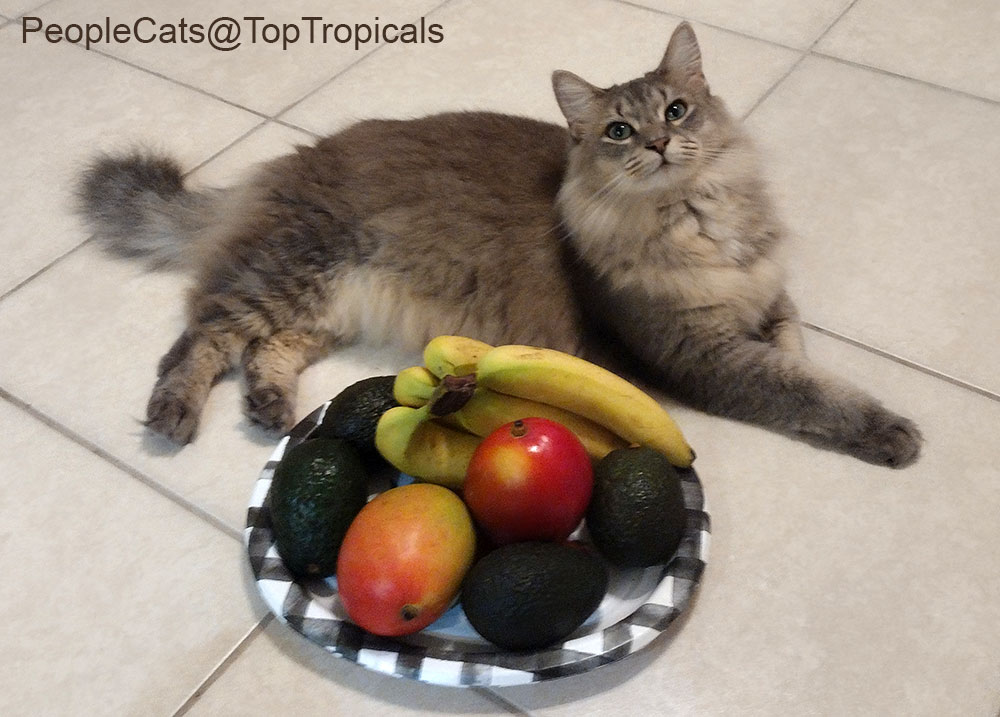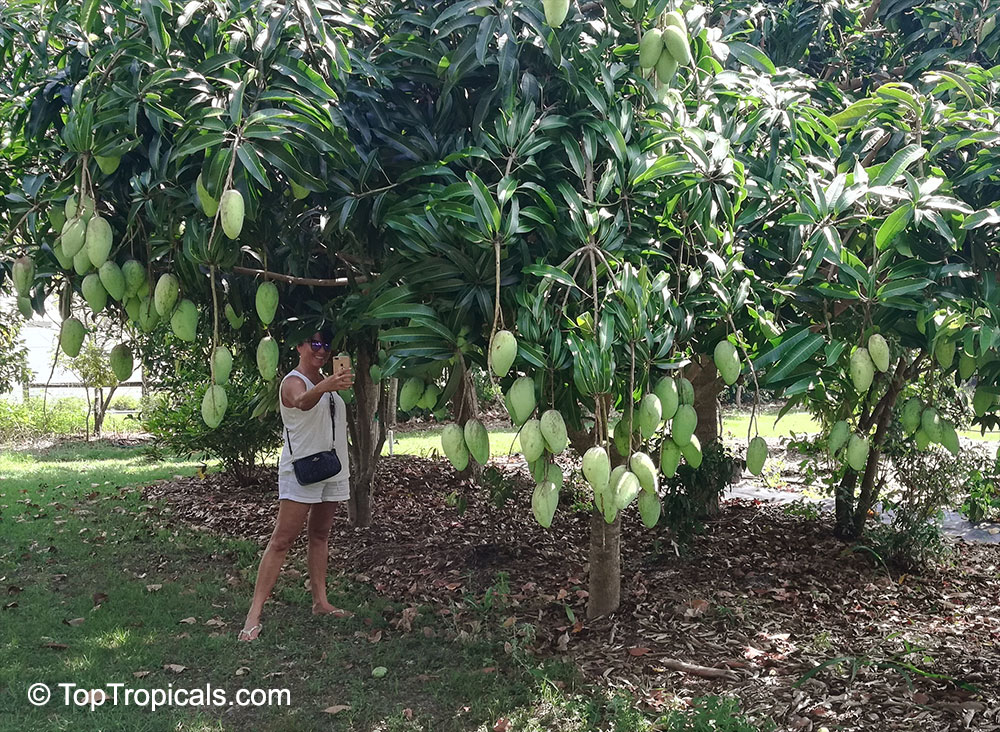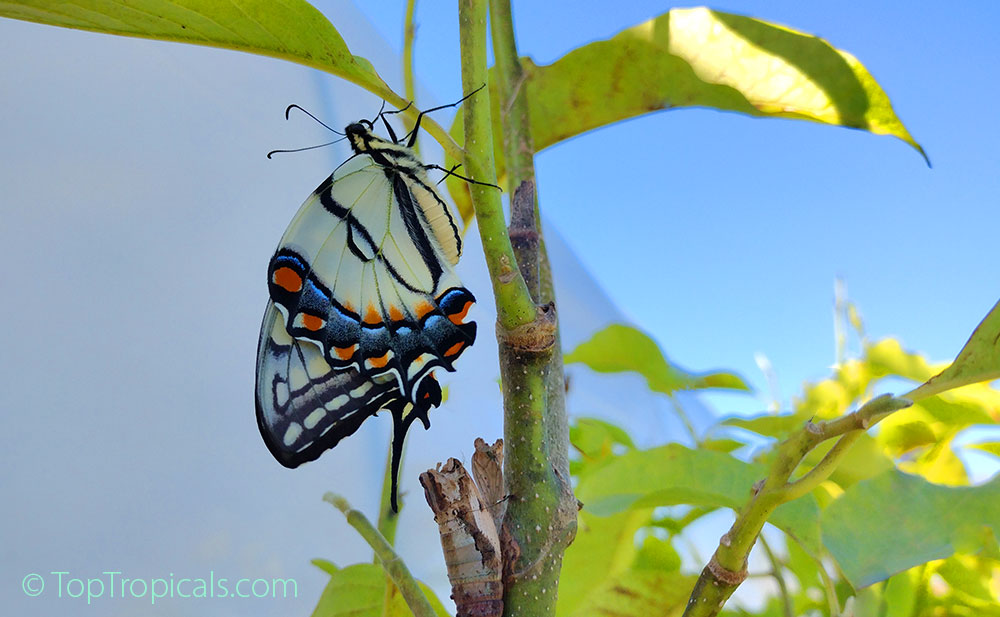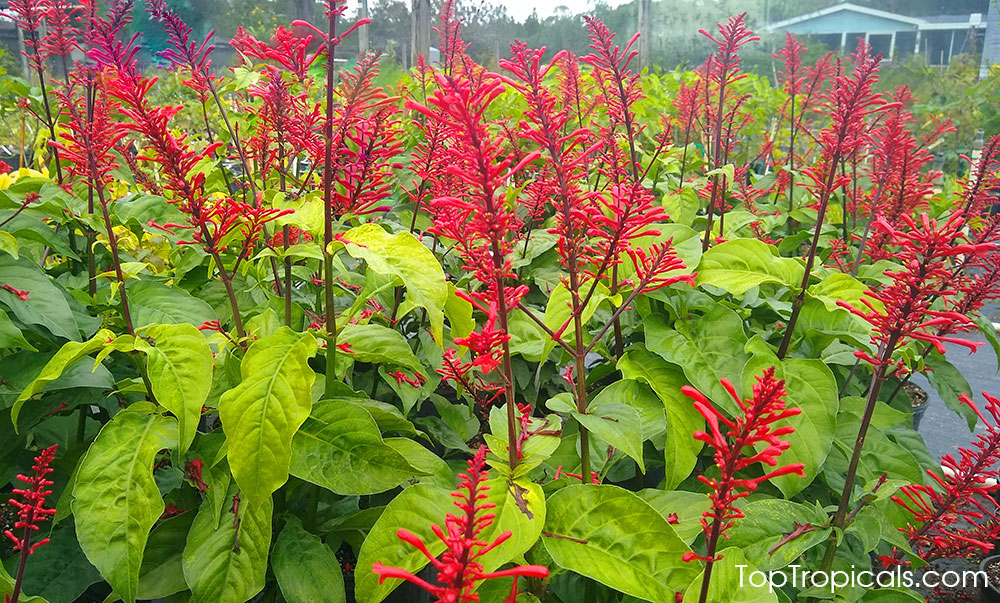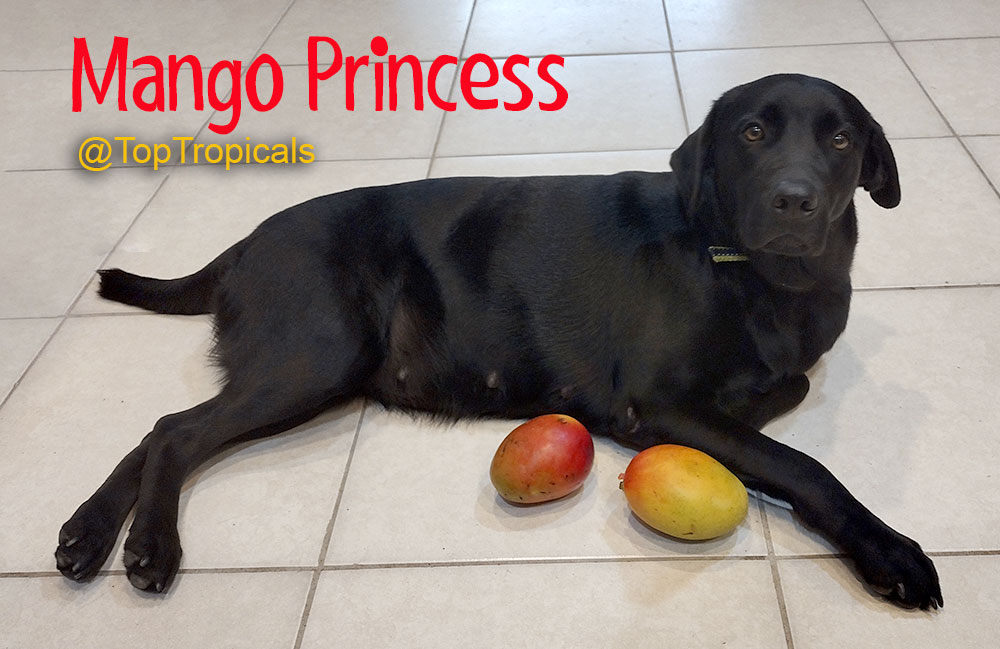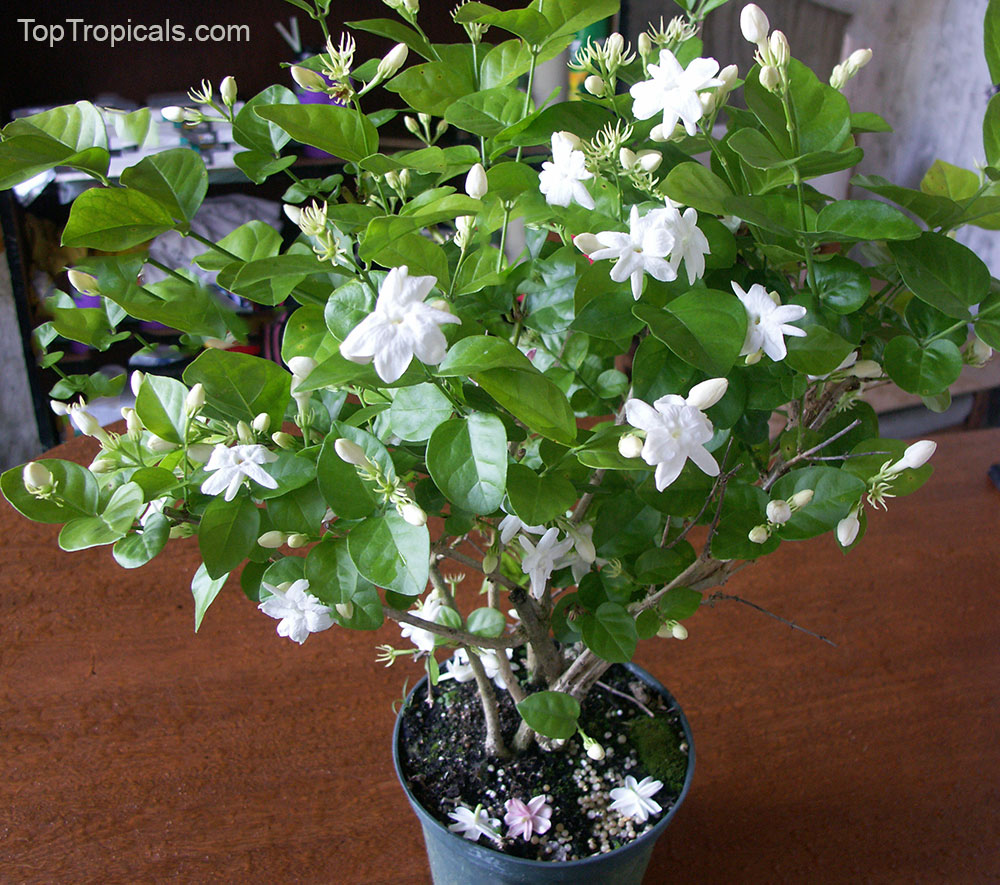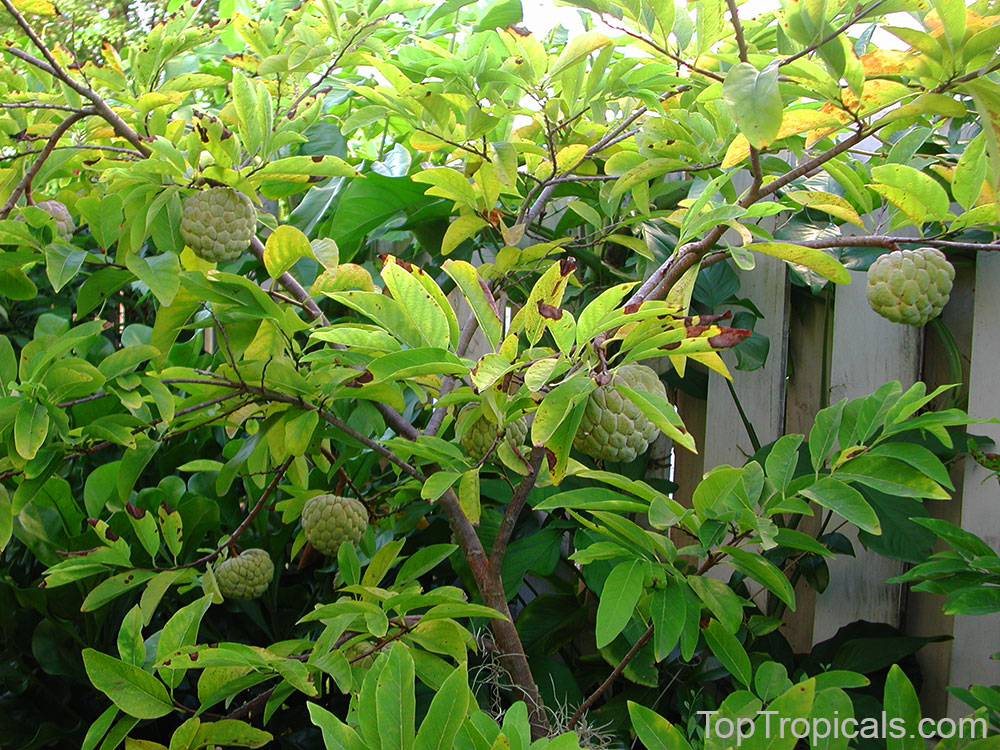Garden Blog - Top Tropicals
Date:
Elderberry Kir Royale
Grow your own... drink and medicine
In the summertime, Elderberry bushes transform into small, bushy trees adorned with sizable umbels of white flowers. As late summer approaches, the tree produces an abundance of dark purple berry clusters. Elderberry is known for its ability to withstand cold weather and can thrive in a variety of soils in either full or partial sun. While it typically grows to a height of 10 feet, its spreading can be managed through pruning.
This dense shrub is beloved by nesting birds, who are not the only creatures that appreciate its fruit. People also prize Elderberry for its delicious uses in winemaking, cocktails, and jellies. Elderberry syrup or cordial can be used to create flavorful fruity drinks and cocktails, like the Elderberry Kir Royale. Alternatively, the berries can be left to infuse their flavor into spirits, with Elderberry gin being a particularly delightful option.
Elderberry Cordial
When it comes to combating various strains of the flu virus, Elderberry Cordial ranks among the top natural remedies. Whether sipped in small servings or drizzled over a delectable dessert, Elderberry Cordial is a guilt-free way to fortify your immune system against colds and flus.
2 cups of fresh elderberries
16 oz water
- 1/2 cups sugar
1/2 lemon (rind + juice)
2 tablespoons minced fresh ginger
- stick cinnamon, crushed
1 ¼ cups dried elderberries
1/4 cup dried rosehips
About 3 cups brandy
Honey, to taste
Add all ingredients in a jar and cover with a lid. Set aside in a cool, dark place for 3-4 weeks. When ready to decant, strain and squeeze through cheesecloth. For every 1 cup of liquid retained, add 1/2 cup honey. Mix thoroughly. Pour the cordial into a decorative bottle for storage, or gift giving.
Elderberry Kir Royale Cocktail
5 oz white wine, sparkling wine or champagne
2 oz Elderberry cordial
Rocks
Mint leaves (optional)
Pour the Champagne in a flute glass. Add the Elderberry Cordial slowly.
Party time!
Date:
How to grow Calathea indoors
In the photo: Calathea zebrina - Zebra Plant
Calathea is a beautiful and popular houseplant known for its unique and colorful foliage. Here are the steps to grow calathea indoors:
1. Choose a suitable location: Calathea plants prefer bright,
indirect sunlight, so choose a location near a window with filtered light. Avoid
direct sunlight as it can scorch the leaves.
2. Select a pot that is slightly larger than the plant's root ball
and has drainage holes. Fill the pot with a well-draining potting mix that is
rich in organic matter. Plant at the same depth as it was in its previous
pot.
3. Water: Keep the soil consistently moist but not waterlogged.
Water when the top inch of soil feels dry to the touch. Use room temperature
water and avoid using hard water or water that contains high levels of
minerals.
4. Provide humidity: Calathea plants thrive in humid conditions, so
provide them with regular misting or place a tray of water near the plant to
increase humidity. You can also use a humidifier to maintain optimal humidity
levels.
5. Fertilize: Apply Sunshine Boosters liquid fertilizer. It is safe
to feed the plant with Rubusta formula with every watering and year around. Feeding plants is
especially important in Spring when active growth starts.
6. Prune any yellow or damaged leaves regularly to keep the plant
healthy and attractive. Use clean, sharp scissors to make clean cuts.
By following these steps, you can successfully grow a beautiful and healthy Calathea plant and any beautiful container plant indoors.
In the photo: Calathea makoyana - Peacock plant
Date:
The Robuster field test:
turning green!
These two Champaka trees are of the same age, planted at the same time, 100 ft apart, with the same light, soil, and water amount... The only difference is - fertilizer schedule! The tree on the left is planted by our farm gate and gets pure water plus slow release fertilizer every 3 months. The tree on the right grows by our farm office with watering station hooked up to the Robuster active display. The Rubuster automatically dozes Sunshine Boosters liquid fertilizer with every watering.
Date of planting: 3/13/2022
The Robuster Started: 11/25/2022
Formula used: Sunshine C-Cibus 10 ml/gal with every watering
Drip irrigation: directly to the root zone once a day, 2-5 min
(weather adjusted)
Image taken: 3/15/2023 @ TopTropicals B-Farm (Sebring)
In the photo: The Robuster active display by our B-Farm office in Sebring, with the subject Champaka tree behind it that gets its food first come first serve!
Installation available
for local customers
The instructions for assembly are included and are straightforward, making it easy for online purchasers to put together. If you're capable of basic PVC plumbing, then assembling this system will be a breeze!
For a green, lush and fruitful garden that allows you to relax and enjoy your tropical paradise, the Robuster automatic smart fertilizer injector system is a must-have. It takes the hassle out of gardening, ensuring that it's carefree! Do you have any questions, need advice, or require assistance with installation? Simply contact us, and we'll be happy to help!
Date:
Cat
Zodiac
Pisces Cats 2/19-3/20
By Alex Butova, the Witch of Herbs and Cats
Watch TikTok video: Philemon and Bob are dreamers, not doers. Typical Pisces cats! Philemon was born 2/20, and Bob 3/13. They can swing in their hammock all day long!
The astrological sign of a cat can be determined by either their date of birth or adoption...More >>
Pisces Cats possess a remarkable ability to escape reality and enter
alternate dimensions
they can spend hours watching fish swim by... They explore the world with
great curiosity... These cats are dreamers, not doers... Bright flowers with
subtle scents should adorn their space, delectable grass can be chewed, and
foliage creates shade and coolness for sweet dreams...
CONTINUE READING >>
Watch TikTok video: Bob is trying to get a Gekko behind the screen (followed by Philemon's advice) and falls on Philemon's head...
Date:
How to move plants from indoors to outdoors
Q: When moving my tropical plant collection outside in the garden, what do I need to know to get them adjusted to this change?
A: As a tropical plant gardener, it's important
to assess the temperatures outside before moving your plants outdoors. Most
tropical plants thrive in sustained temperatures above 60F.
Moving your plants outside during the summer creates optimal growing
conditions for sun-loving plants, providing them with more light and warmth than
they can ever get inside. This active time of growth, along with the outdoor
conditions of humidity, heat, sunlight, and natural day length, gives the plant
a chance to experience growth in an outdoor environment, making for a much
stronger plant.
However, be aware of sun burn. Direct sunlight can burn patches of
white or brown on the surface of the tender leaves, so it's best to move your
plants outside by hardening them off first. Gradually increase the amount of
direct sunlight they receive over several days before moving them into full
sun.
It's also a good time to prune your plants and repot them if needed,
providing better aeration to the root system. But avoid root pruning as it
can make your plant susceptible to disease and shock.
Overall, moving your tropical plants outside encourages their natural bloom
cycle and provides extra vigor for the upcoming indoor season. However, be
aware that you may have to deal with insects when you bring your plants
back inside in the fall, so use preventive sprays like Sunshine NoBug before bringing them back inside. Leaf drop is
also common when plants come back inside, so make sure to provide a well-lit
location.
When moving plants outside, it's important to provide them with proper
nutrients through fertilization. Outdoor conditions can deplete the soil
of essential nutrients, so giving your plants a boost of fertilizer before
moving them outside can help them acclimate to their new environment. Apply Sunshine Boosters
with every watering, include micro-elements and bio stimulants to boost their immune system.
Date:
Organic or inorganic fertilizers, which is best?
A very smart article by Fedor, Mike, and Ed
Q: Which one is better - organic or inorganic fertilizer?
A: When it comes to fertilizer, gardeners always wonder if one better than the other. Does a total organic fertilizer make sense for you? Is it easier to just use a cheap granular fertilizer a few times per year? You may be surprised to learn that there is one fertilizer that has advantages over both!
While organic fertilizers may be all the rage, there is the difference
between Sunshine Boosters
fertilizers, organic and inorganic fertilizers. Sunshine Boosters fertilizers have been especially developed to provide optimal conditions for cultivating crops in pots and greenhouses. These specialized nutrient blends are essential in order to
maintain an appropriate environment for successful crop production, as they
compensate for the lack of natural beneficial bacteria and nitrifying
organisms which are specific to open soil cultivation.
Learn about why Sunshine Boosters is the best choice...
In the photos: Hungarian hot wax pepper (above) and a Baby Cucumber (below), both grown in Ed's organic garden with Sunshine Boosters
Date:
Benefits of growing your own tropical fruit
"The fruit of the mango tree is no longer forbidden.
Indeed, it has been recommended to me by the physicians as an antidote to the
plague."
- Louis IX, King of France -
Q: Why do you want to grow your own tropical fruit tree?
A: Growing your own tropical fruit tree can have many benefits. Here are a few reasons why someone might choose to grow their own tropical fruit tree:
1. Fresh, flavorful fruit: When you grow your own tropical fruit tree, you have access to fresh, flavorful fruit that you may not be able to find at your local grocery store. Tropical fruit, like avocado, mangoes, papayas, and passionfruit, jackfruit, Dragon Fruit, Annona have a short shelf life, and the fruit you find at the store may have been harvested weeks ago. When you grow your own fruit tree, you can pick the fruit when it's fully ripe and enjoy it at its peak flavor. Besides, some rare fruit like Akee or Sapodilla simply never offered from the store.
2. Environmental benefits: Growing your own fruit trees can have environmental benefits. Trees absorb carbon dioxide from the air and release oxygen, which can help reduce your carbon footprint. Additionally, growing your own fruit trees reduces the need to transport fruit long distances, which can help reduce greenhouse gas emissions.
3. Cost savings: Depending on where you live and the availability of tropical fruit, growing your own fruit tree can be a cost-effective way to enjoy your favorite tropical fruits.
4. Gardening and outdoor hobby: Growing a fruit tree can be a fulfilling and rewarding outdoor hobby. It can also be a great way to teach children about where their food comes from and the importance of taking care of the environment.
Overall, growing your own tropical fruit tree can be a great way to enjoy fresh, flavorful fruit, reduce your carbon footprint, save money, and enjoy a fulfilling outdoor hobby.
In the photo: Mango tree in Top Tropicals garden.
Date:
Top 5 butterfly attractors
"Just when the caterpillar thought the world was over,
it became a butterfly"
Chuang Tzu (Taoist philosopher)
In the photo: yesterday we watched a butterfly born on one of our Champaka trees!
Q: What are the best butterfly attracting plants for a Southern garden?
A: If you love butterflies and if you enjoy
having nature around your home, then plant a butterfly garden. Florida is a perfect place to create a year round and
fully functioning butterfly garden. Caterpillars, which transform into
butterflies, require special kinds of plants to feed upon and these plants grow
extremely well in the South Florida and other subtropical areas. Below are the
top five winners that butterflies appreciate the most. Besides, remember That
all yellow flowers are attractive to them, for example Cassias. Butterflies like the Sun and everything that looks like the
Sun!
1. Calotropis
gigantea - Giant milkweed, Arka
2. Odontonema
cuspidatum - Firespike
3. Plumbago
auriculata Imperial Blue
4. Rondeletia
leucophylla - Panama Rose
5. Asclepias
curassavica - Red Milkweed, Butterfly Weed
Read more about Butterfly garden:
The Milkweed and
the Monarch, how to raise your own
Musings of a butterfly gardener about the milkweed bug
Plants that attract butterflies and hummingbirds
In the photo: Odontonema cuspidatum - Firespike
Date:
Mango: Fruit of Love and Friendship
In the photo: Mango Princess reincarnated. Mango is a Lab dog that got pregnant and lost her home... But she found her new life at Top Tropicals PeopleCats community. And she brought us a basket of happy puppies!
According to Hindu folklore, there was once a Sun Princess who was cruelly burned to death by a wicked sorceress... However, from the ashes of the princess, a mango tree sprung up, and the Emperor was immediately enchanted by the beauty of its blooms. The fruit that followed was equally as captivating and when the ripe mangoes fell from the tree, the Sun Princess was reincarnated.
Starting that moment on, the mango became a symbol of love and affection in India, and offering someone a basket of mangoes was seen as a gesture of friendship.
Today, mangoes are widely regarded as the most consumed fruit in the world, with approximately half of all tropical fruits produced globally being mangoes.
Date:
Gift Plants
In the photo: fragrant Jasmine Sambac Maid of Orleans
How to make the best gift plant?
1. Consider her/his interests and environment: Think about the recipient's favorite colors, preferred growing conditions (e.g. sunlight, temperature), and any specific plants they already have and like.
2. Choose an easy plant, especially when giving it to inexperienced gardener. Desert roses, Plumerias, Indoor plants are great for both beginners and experts.
3. Something to enjoy right away: Select an established plant with developed roots and foliage. Grafted fruit trees will produce soon, and aroma of a spice tree can be appreciated without waiting for it to grow bigger. House plants such as Philodendrons with ornamental foliage will brighten the room.
4. Presentation matters: Wrap the plant in decorative paper or a gift bag, and consider adding a bow or tag for a personal touch.
5. Add a personal touch: Consider pairing the plant with a personalized message or a small item such as a watering can, plant food, or a pretty planter. Your thoughtfulness will make the gift even more special.
Some gift plant ideas: Jasmines - Desert Roses - Gingers - Mango - Avocado - Spice plants - Indoor plants - easy maintenance plants - Plants of Love: Aphrodisiacs.
In the photo: Annonas are one of the most popular tropical fruit trees, fast fruiting, suitable for small gardens and container culture
